INCREASING THE COMPETENCE OF HUMAN RESOURCES IN ORDER TO CREATE COMPETITIVENESS
Abstract
Modern lifestyles have made appearance trends, including hairstyles, a staple of urban society. This has fuelled the growth of the barbershop industry, including Barbershop 99 located in East Surabaya. This study aims to identify the condition of human resource (HR) competencies, factors that influence their improvement, competency improvement strategies implemented by Barbershop 99, and their impact on business competitiveness. The research method used was a descriptive approach with data collection techniques through interviews and observations, involving all 30 employees of Barbershop 99 as informants. The results showed that HR competence at Barbershop 99 is quite good and contributes positively to increasing competitiveness. Competency improvement strategies are carried out through routine technical training, professional development, establishment of a collaborative work culture, mentoring system, and provision of incentives and career paths. This increase in competence has a direct impact on professionalism, work efficiency, harmonious relationships with customers, and high customer loyalty. The implications of these findings suggest that HR competencies are a strategic foundation in creating and maintaining competitive advantage. Therefore, it is recommended that the management of Barbershop 99 continue to update training materials, increase the frequency of coaching, and establish a sustainable competency evaluation system. In addition, the development of self-learning initiatives, mentoring among employees, and participation in professional events are recommended to strengthen Barbershop 99's position in the midst of competition in the modern service industry.
References
Alrhaimi, S. A., & Mugableh, M. I. (2017). Reviewing the role of quality management, creativity innovation, imitating and role of strategic human resources on operational performance. Australasian Journal of Business, Social Science and Information Technology (AJBSSIT), 3(1), 1–6.
Becker, G. S. (2009). Human capital: A theoretical and empirical analysis, with special reference to education. University of Chicago press.
Brockbank, W. (1999). If HR were really strategically proactive: Present and future directions in HR’s contribution to competitive advantage. Human Resource Management: Published in Cooperation with the School of Business Administration, The University of Michigan and in Alliance with the Society of Human Resources Management, 38(4), 337–352.
Emmywati, E., Purnomo, T., & Fareed, A. (2024). Handling Great Human Resource for Good and Great Surrounding. Journal of Humanities, Social Sciences and Business, 3(3), 635–645. https://doi.org/10.55047/jhssb.v3i3.1101
Hasan, M., Harahap, T. K., Hasibuan, S., Rodliyah, I., Thalhah, S. Z., Rakhman, C. U., Ratnaningsih, P. W., Mattunruang, A. A., Silalahi, D. E., & Hasyim, S. H. (2023). Metode penelitian kualitatif. Penerbit Tahta Media.
Hasibuan, M. S. P. (2017). Manajemen Sumber Daya Manusia. Bumi Aksara.
Herjanto, T. (2023). Human Capital Development Strategies In Micro, Small, And Medium Enterprises: A Qualitative Analysis Of Human Resource Management Practices. Maisyatuna, 4(4), 38–48.
Kerwin, S. (2022). Human resource management and digital technology. In The Routledge Handbook of Digital Sport Management (pp. 22–36). Routledge.
Kurz, R., & Bartram, D. (2002). Competency and individual performance: Modelling the world of work. Organizational Effectiveness: The Role of Psychology, 227–255.
Kusnandar, D. L., & Kurniawan, D. (2020). Literasi keuangan dan gaya hidup ibu rumah tangga dalam membentuk perilaku keuangan di Tasikmalaya. Sains: Jurnal Manajemen Dan Bisnis, 13(1), 123–143.
Mamatha, H. K., Shalini, N., Rao, D., & Mahalakshmi, A. M. (2023). Human resource management in hospitals. In A guide to hospital administration and planning (pp. 51–65). Springer.
Marheineke, M. (2016). Limitations and Directions for Future Research. In Designing Boundary Objects for Virtual Collaboration (pp. 210–213). Springer.
Massaid, M. A., & Winarsih, T. (2024). Improving Performance Through Applications On Grabfood Drivers PT. Grab Indonesia In Surabaya City. Transekonomika: Akuntansi, Bisnis Dan Keuangan, 4(5), 896–908.
Mathis, R. L., Jackson, J. H., Valentine, S. R., & Meglich, P. A. (2017). Human resource management. Cengage learning.
Mayo, A. (2016). Human resources or human capital?: Managing people as assets. Routledge.
Miles, M. B., & Huberman, A. M. (1992). Qualitative Data Analysis; A Methods Sourcebook. SAGE Publications Ltd.
Moleong, L. J. (2017). Metode Penelitian Kualitatif (Edisi Revisi). Bandung: PT. Remaja Rodakarya.
Parakhina, V., Godina, O., Boris, O., & Ushvitsky, L. (2017). Strategic management in universities as a factor of their global competitiveness. International Journal of Educational Management, 31(1), 62–75.
Porter, M. E. (2008). Competitive advantage: Creating and sustaining superior performance. simon and schuster.
Pratama, Y. D., Setiawan, H., Alfian, A., Sunarni, T., & Budiarto, D. (2022). Analisis Dimensi Kualitas Pelayanan (Services Quality) pada Usaha Mikro Kecil dan Menengah (UMKM) Potong Rambut (Barbershop) di Palembang. Jurnal Tekno, 19(2), 116–128.
Rustiawan, I., Gadzali, S. S., Suharyat, Y., Iswadi, U., & Ausat, A. M. A. (2023). The Strategic Role of Human Resource Management in Achieving Organisational Goals. Innovative: Journal Of Social Science Research, 3(2), 632–642.
Šebestová, J. D., & Popescu, C. R. G. (2022). Factors influencing investments into human resources to support company performance. Journal of Risk and Financial Management, 15(1), 19.
Sedarmayanti, H. (2018). Manajemen sumber daya manusia; reformasi birokrasi dan manajemen pegawai negeri sipil. Reflika Aditama.
Simamora, F. N., Bangun, W., & Matondang, S. (2023). Efforts to Increase Employee Performance Through Transformational Leadership and Human Resource Development (Study of Sibolga City Government). The International Conference on Education, Social Sciences and Technology (ICESST), 2(2), 129–140.
Spencer, L. M., & Spencer, P. S. M. (2008). Competence at Work models for superior performance. John Wiley & Sons.
Tuominen, M., Rajala, A., & Möller, K. (2004). How does adaptability drive firm innovativeness? Journal of Business Research, 57(5), 495–506.
Uzer, U. (2005). Menjadi guru profesional. Bandung: PT Remaja Rosdakarya.
Wahyu, W., Sari, Y., Feronicha, M., Handayani, E., & Hidayati, T. (2024). The Influence of Organizational Culture, HR Competence, Digital Technology, and Marketing Strategy on MSME Development in the Era of Digital Transformation. OMNICODE Journal (Omnicompetence Community Developement Journal), 4(1), 1–8.
Winarsih, T., & Fariz, F. (2022). Performance Improvement Strategies Indonesian Tourism Sector. International Conference of Business and Social Sciences, 1287–1295.
Winarsih, T., & Hidayat, A. (2022). The Influence of Organizational Culture and Strategic. International Journal of Economics, Business and Accounting Research, 6(1), 94–103. https://doi.org/10.29040/ijebar.v6i2.4331
Copyright (c) 2025 Pandrianus Baillon, Tutik Winarsih

This work is licensed under a Creative Commons Attribution 4.0 International License.


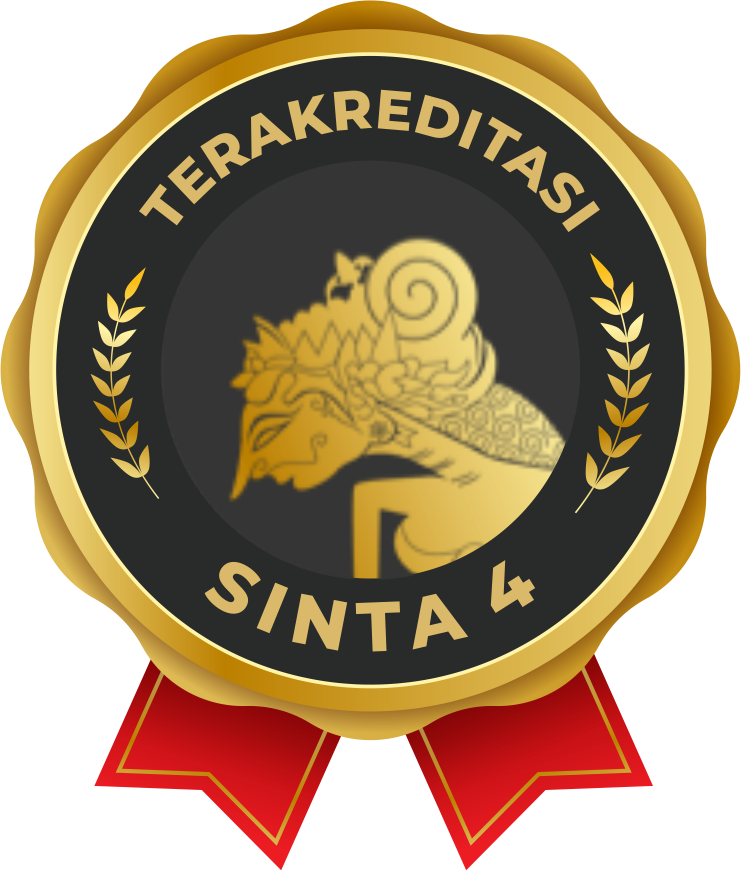


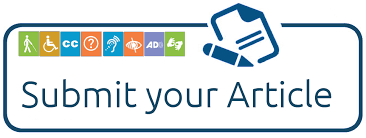



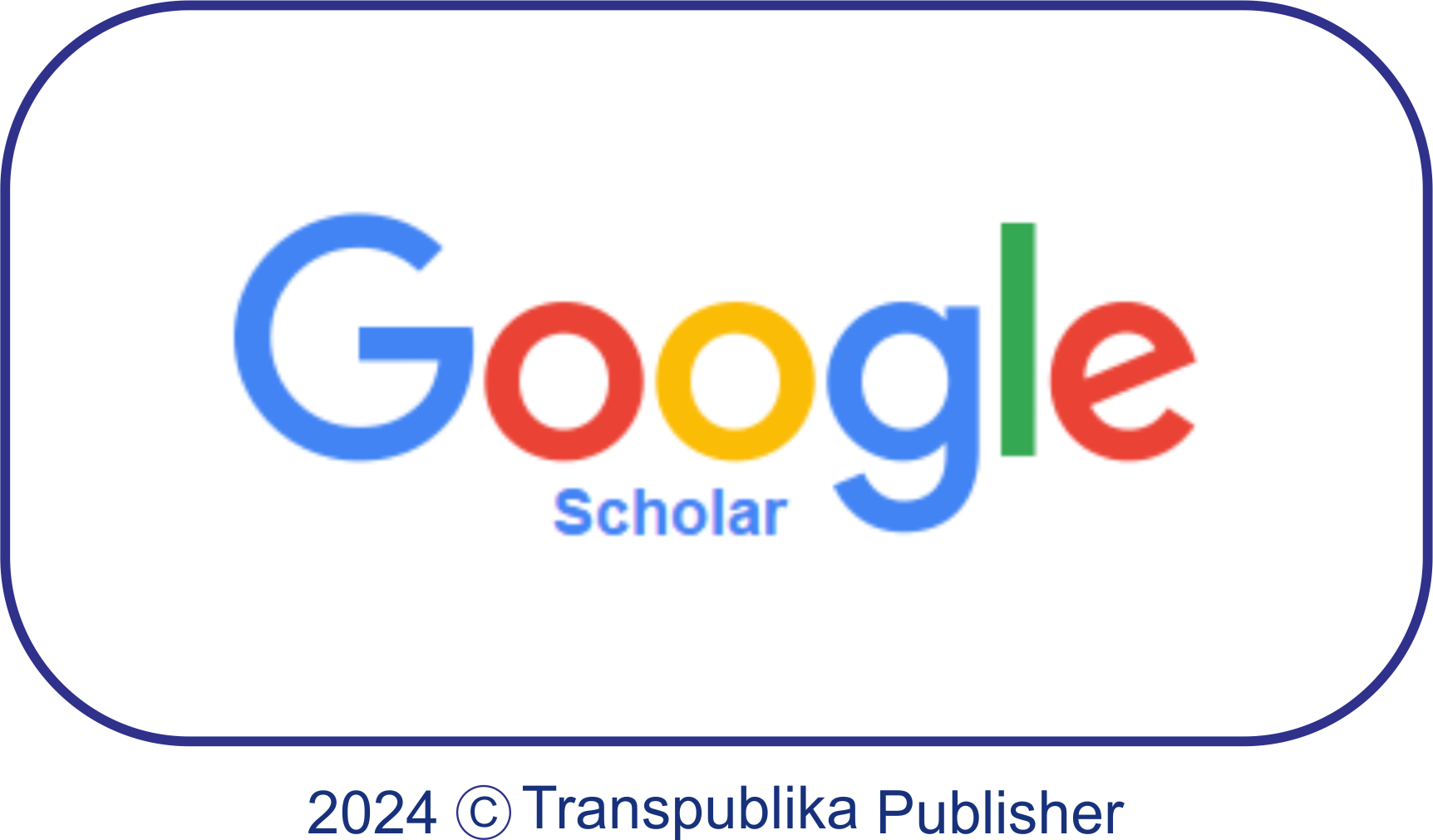
.png)


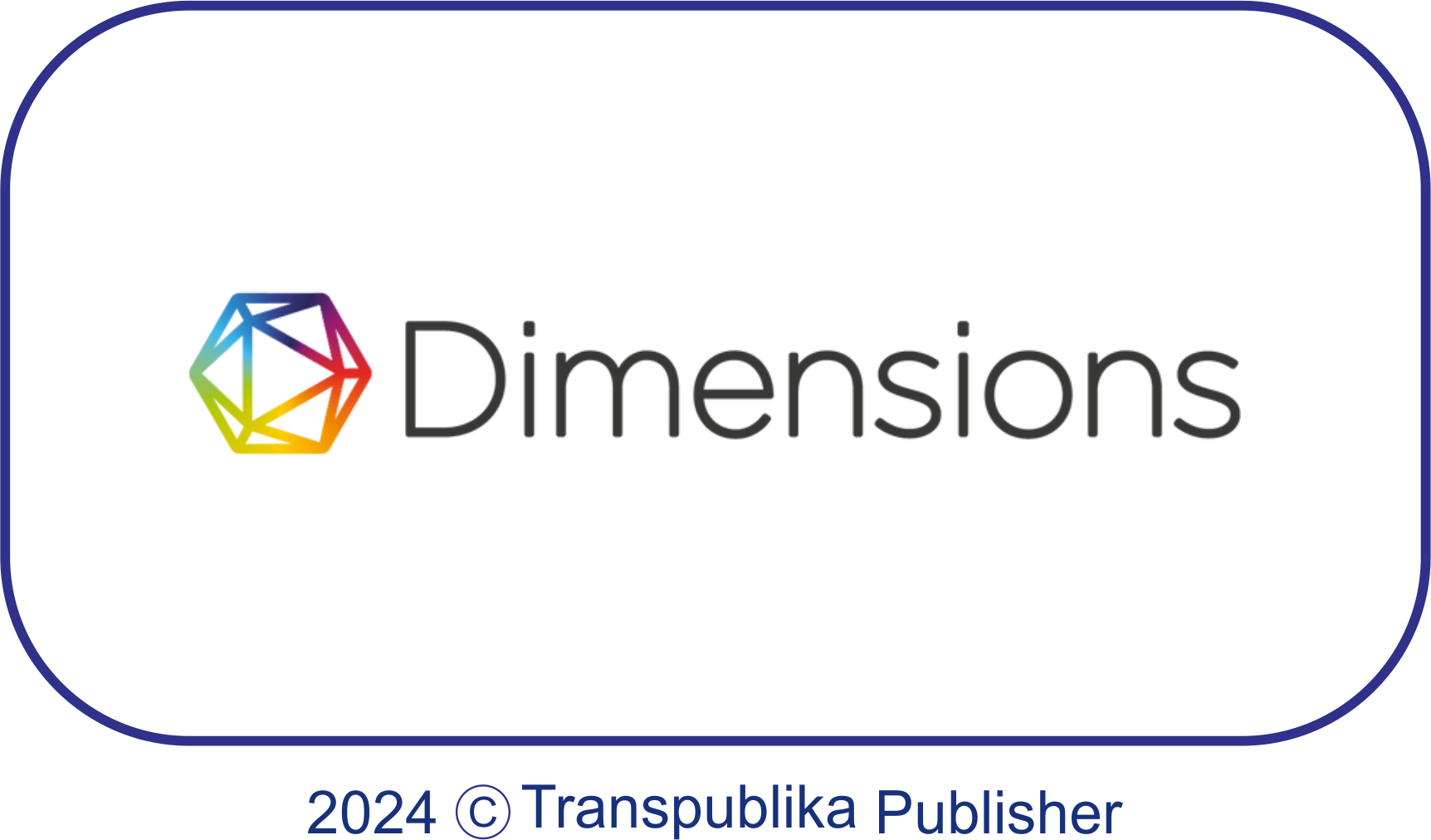
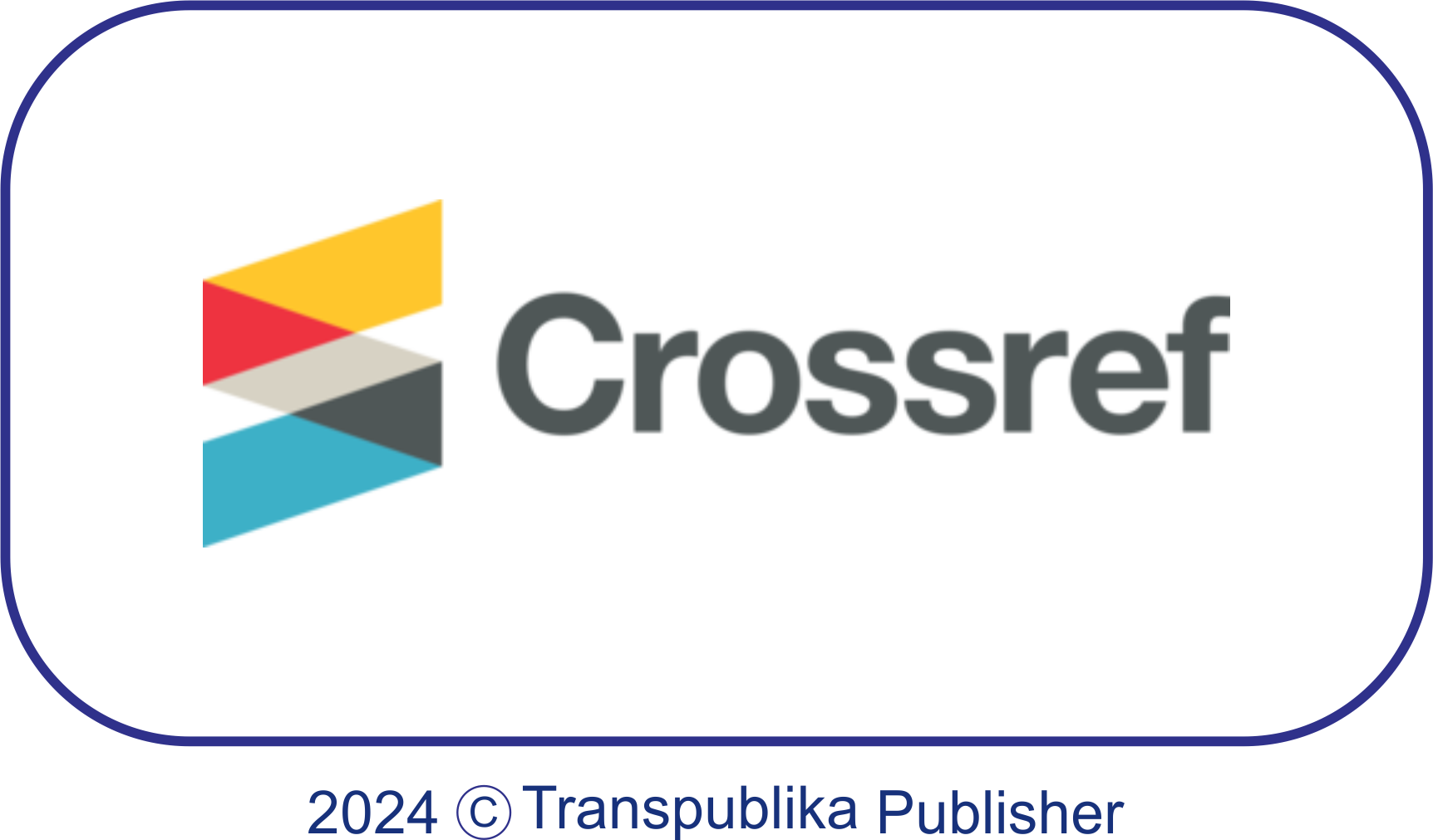
.png)
.png)

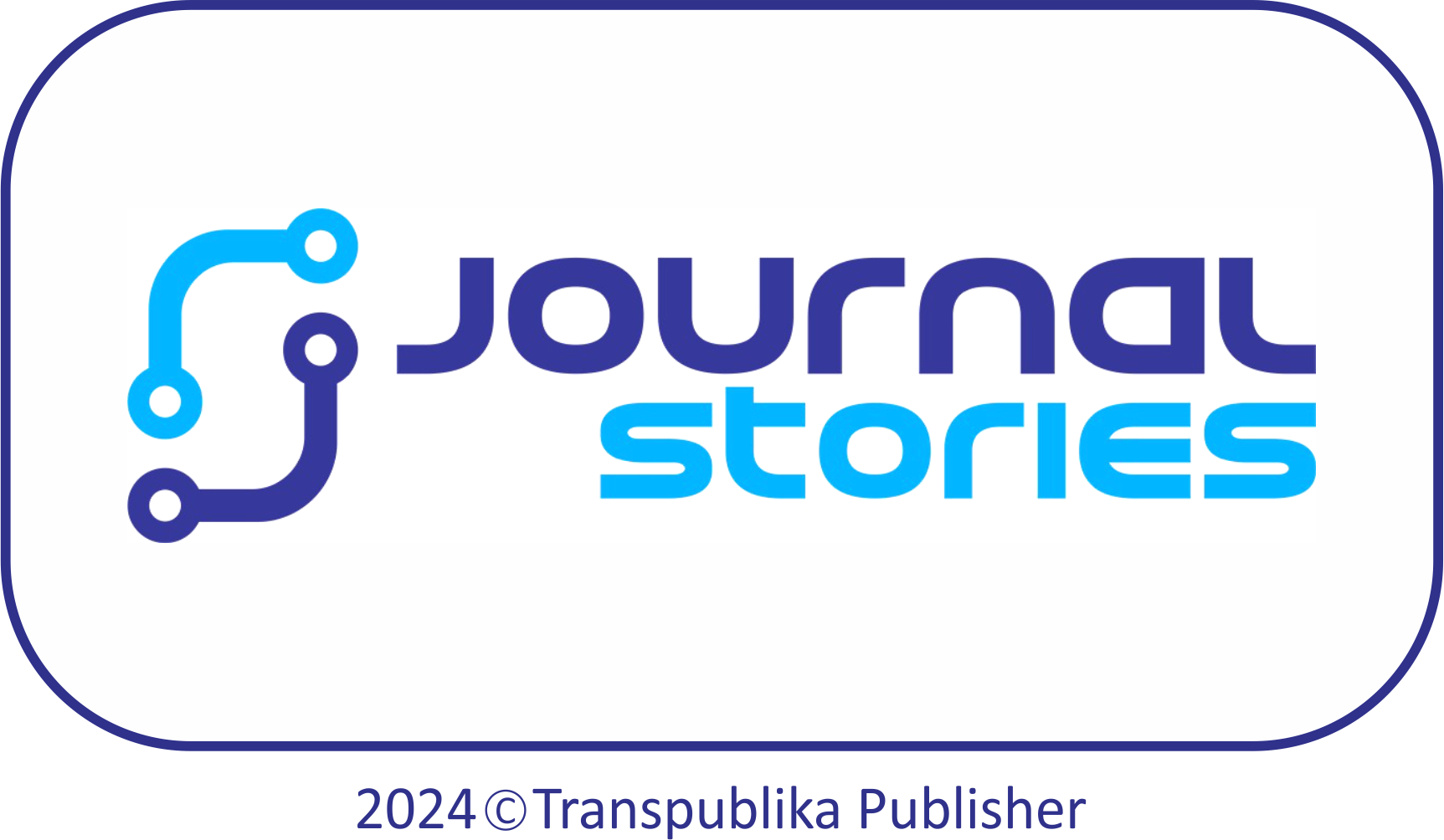









.jpg)
.png)


